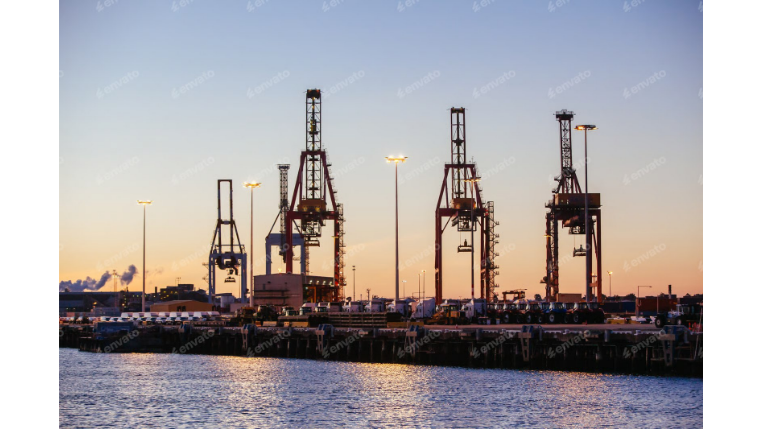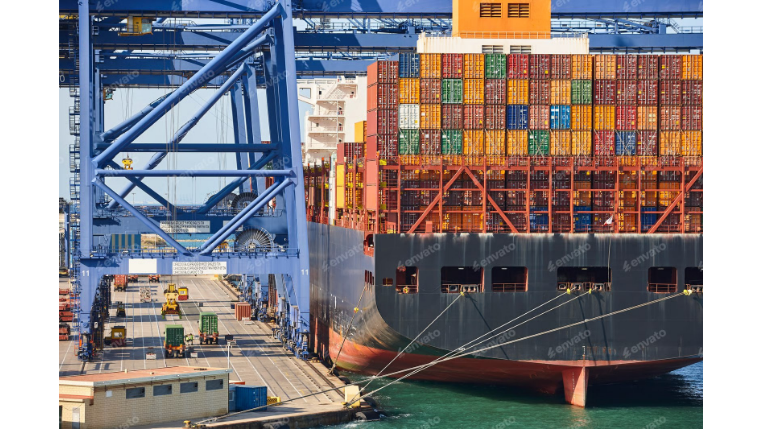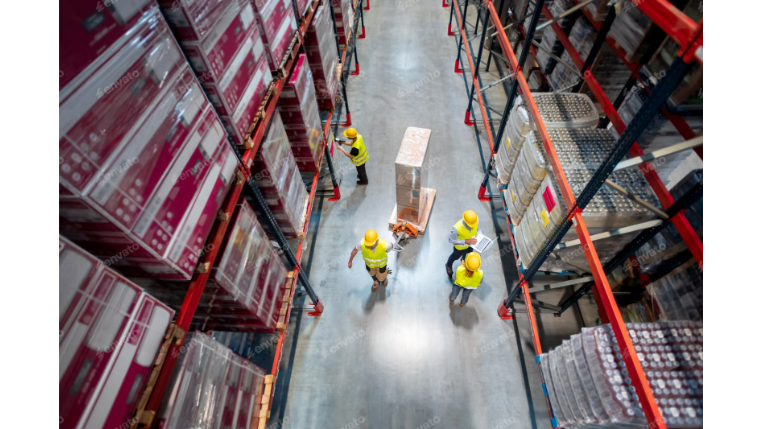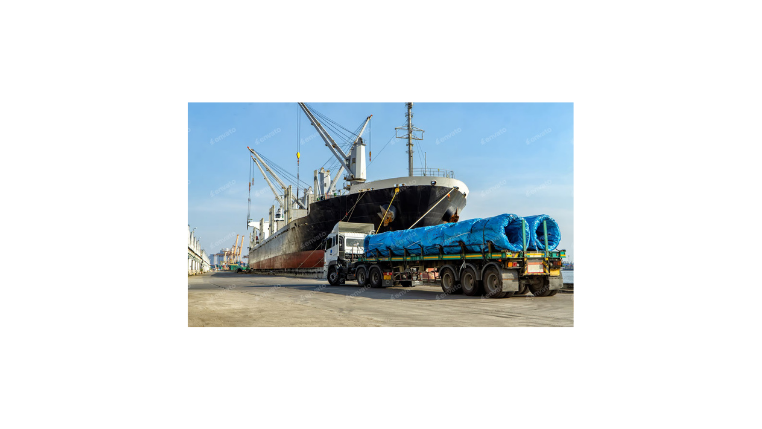Decoding Your Tracking: What "Arrived at Linehaul Office" Really Means
In the world of online shopping and global shipping, tracking your package's journey is both exciting and, at times, confusing. You might see a series of updates, but few are as important—or as misunderstood—as "Arrived at Linehaul Office." While it may sound like technical jargon, this status is a significant and positive milestone. It signals that your package has successfully entered the main artery of the shipping network and is well on its way to you.
This article will break down exactly what a linehaul office is, the critical processes that happen inside, and why this update is good news for your shipment.
Decoding the Term 'Linehaul Office'
To understand what a linehaul office is, it helps to see where it fits in a package's total journey. A shipment's path is typically broken into three distinct phases:
- First-Mile: The journey's start. This is where a package is picked up from the seller or a local post office and transported to a regional processing center.
- Middle-Mile (Linehaul): The long-haul segment. This is where linehaul transportation occurs, moving large volumes of goods between major cities or distribution hubs, often across states or countries.
- Last-Mile: The final leg. This involves moving the package from a local delivery center to its final destination—your doorstep.
The 'Linehaul Office' is the primary facility for the middle-mile. Think of it as a major airport hub for packages. Just as passengers from small towns fly to a large hub to catch a connecting flight, parcels from countless local centers are sent to a linehaul office. Here, they are sorted, grouped with other packages going in the same direction, and loaded onto long-haul trucks, trains, or cargo planes. When your tracking says "Arrived at Linehaul Office," your package has safely reached this critical sorting hub.
The Role of a Linehaul Office in Shipping
The Linehaul Office is the backbone of an efficient logistics network. Its fundamental role is to achieve efficiency and cost-effectiveness through mass consolidation. Instead of sending thousands of partially empty vans on long, inefficient routes, logistics companies use the linehaul model to group shipments together.
At this facility, packages arriving from various points of origin are sorted and consolidated based on their ultimate destination region. By filling an entire 53-foot truck or a cargo container with packages heading from, for example, a California hub to a Texas hub, the cost per package drops dramatically. This optimization is what makes affordable nationwide and international shipping possible. These massive sorting centers are equipped with high-speed automated systems and staffed by professionals who ensure this complex sorting and consolidation process runs smoothly, 24/7.
What Happens When Your Package Arrives at the Linehaul Office?
Once your package arrives at the linehaul office, it enters a highly orchestrated, fast-paced environment. Here is the step-by-step process it undergoes:
- Arrival and Initial Scan: Trucks from various regions unload their cargo. Your package is immediately taken and scanned. This initial scan is what triggers the "Arrived at Linehaul Office" update you see on your tracking page, confirming its safe entry into the facility.
- Automated Sorting: The package is placed onto a vast network of conveyor belts. High-speed cameras and scanners read its barcode, and a central computer system instantly directs it through a maze of belts and chutes toward a specific collection point.
- Consolidation: Your package is grouped with hundreds of other shipments destined for the same next major hub. This sorting might be based on the next linehaul office, a specific state, or even a large metropolitan area.
- Dispatch and Departure: Once enough packages are consolidated to fill a truck, container, or pallet for an aircraft, they are loaded. The shipment is scanned one last time as it's loaded, which may trigger a "Departed" or "In Transit" status update. The vehicle is then dispatched on its long-haul journey.
Common Delays and How They Are Managed at the Linehaul Office
While linehaul offices are designed for maximum efficiency, they are also points where delays can occur, especially since they handle such immense volume. Here are some common reasons for a slowdown:
- Peak Season Volume: During holidays like Christmas or major sales events like Black Friday, the number of packages can surge beyond the facility's standard capacity, creating a temporary backlog.
- Weather Disruptions: Severe weather can shut down highways or ground flights, meaning linehaul vehicles cannot depart, causing packages to wait at the facility.
- Customs and Inspections: If your package is international, the linehaul office may house a customs agency. It could be flagged for a routine or random inspection, adding time to its journey.
- Technical Glitches: A malfunction in the automated sorting equipment can temporarily halt operations.
- Labeling or Documentation Errors: If a shipping label is damaged, unreadable, or missing key information, the package may be diverted for manual processing and correction.
Logistics companies manage these issues by hiring seasonal staff, investing in redundant systems, and using sophisticated software to reroute shipments around problem areas when possible.
How to Track Your Package Beyond the Linehaul Office
Once your package successfully departs the linehaul office, you can continue to follow its journey with your tracking number. It is now in transit to the next major hub, which is typically a regional distribution or local delivery center much closer to you. The next tracking updates you can expect to see are often:
- "In Transit to Next Facility"
- "Arrived at Destination Sort Facility"
- "Arrived at Local Delivery Center"
Finally, you'll see the most exciting update: "Out for Delivery." For businesses managing hundreds of shipments, maintaining clear visibility across all these stages is crucial. Modern logistics platforms like Modaltrans provide end-to-end tracking solutions that consolidate data from multiple carriers, offering a clear view of where every shipment is, including its status within linehaul networks.










